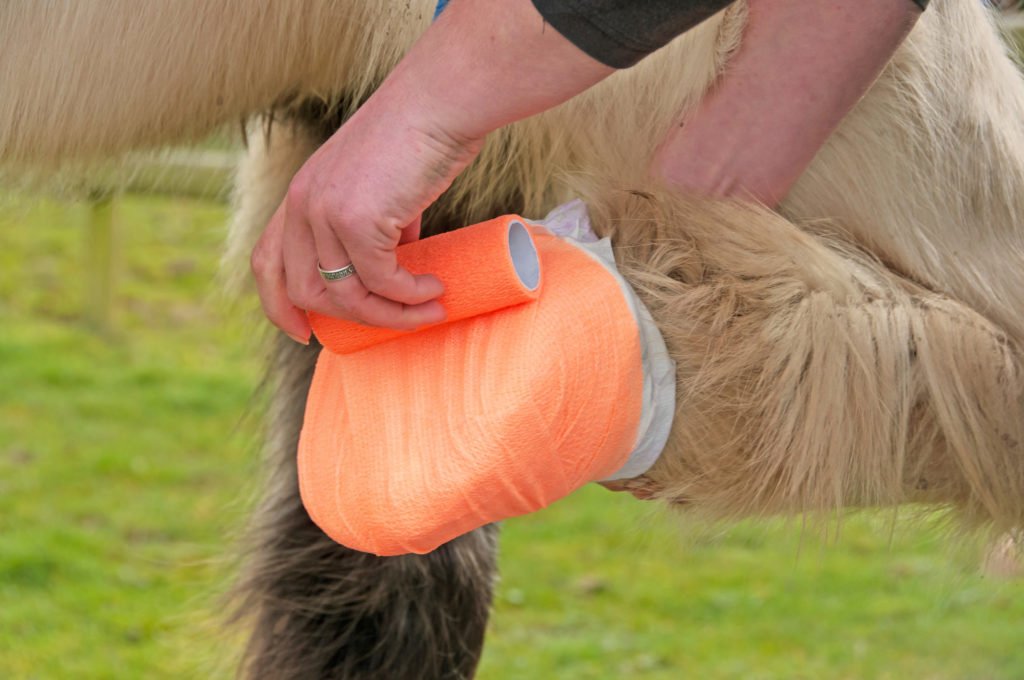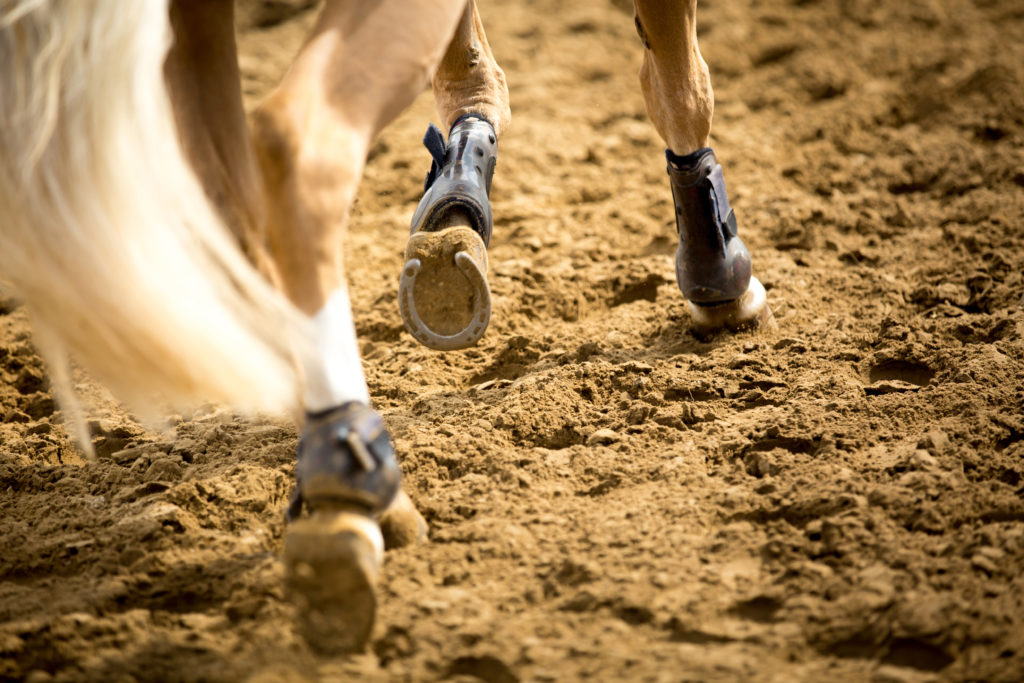
Horse Shoes for Road Riding
What can I shoe my horse with that will provide traction and reduce concussion when riding on paved roads?

What can I shoe my horse with that will provide traction and reduce concussion when riding on paved roads?

Reining horses and those competing in other cattle events often wear slide plates. These specialized hind shoes allow them to slide while reducing joint stress.

Dr. Scott Fleming discusses how improper palmar angles can cause problems for horses.

Consider the big picture—from farrier care and diet to environment and genetics—when working to keep horse hooves healthy.

No matter what devices farriers use, their goal is the same: to give each horse the best opportunity to run to his potential. Here’s how they help racehorses succeed on the track.

Take a look at how adding studs to horseshoes can help horses navigate less-than-ideal footing.

Do abscesses occur more often in front or hind hooves? Do male or female horses recover from hoof abscesses quicker? When are abscesses most commonly diagnosed? Researchers found answers to these questions and more in a recent study.

Why does a horse’s hooves grow faster than his stablemates’ that are on the same diet and exercise schedule? A veterinarian who’s also a farrier shares his thoughts.

Multiple hoof-related factors can affect a horse’s performance—including balance, trim, shoes, pads, support materials, and more. Here’s how farriers can help a horse reach his potential.

The earlier a veterinarian can intervene and begin treatment in a laminitic case, the greater chances of success, which could mean saving the horse’s life.

Recognizing and treating club feet in young horses can help them succeed in their intended discipline and, ultimately, prevent lifelong hoof complications.

Anecdotally, we know that hoof anatomy influences horse soundness and movement, but researchers are working to put science behind that relationship. Here’s what they’ve learned so far.

A systematic approach to examining the equine foot can help veterinarians identify causes of lameness more quickly and accurately.

Is your horse’s clumsiness a simple matter of long toes and uneven ground, or is a career-limiting condition to blame?

Researchers recently identified a link between hind-limb lameness and coffin bone angles, which they said has not been previously described in horses.

Researchers found that hoof balance changes rapidly during the first few weeks of a foal’s life.
Stay on top of the most recent Horse Health news with
"*" indicates required fields